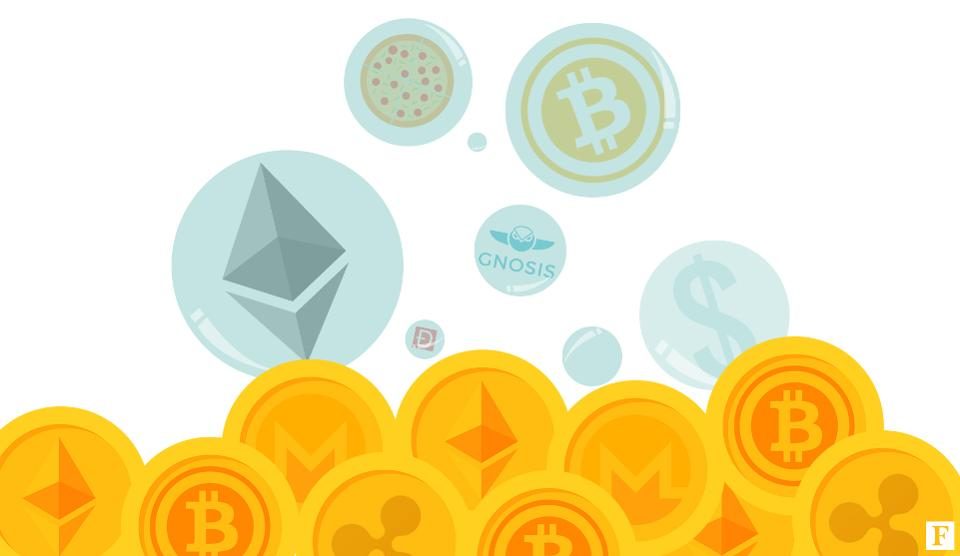It’s 2020 and The Staking Wars Are Here

Binance’s new staking service, absent of fees, lit a fire under the simmering kettle of staking services. The race is now on between major exchanges to offer full custodial staking services to their customers, with Binance, Kraken, and Coinbase leading the charge.
The goal? Streamline the process and pull in more investors with high yields to accumulate even more revenue than solely from trading.
Unfortunately for many of the boutique staking services catering to retail users, competing with the network effects and no fees of the likes of Binance may be an insurmountable task. But for the cryptocurrencies themselves? A huge bonus. As 2020 kicks in, the staking wars have begun.
Staking Services Abound
2020 is gearing up to become the year of scalable, interoperable blockchains competing with each other to earn their place as the consolidated few at the top of the market. Many of these platforms (e.g., Cosmos, Tezos, Fantom) are networks that enable staking-based network consensus and are striving to upend Ethereum’s hegemony as its Serenity implementation looms.
Exchanges and upstart third-party services have quickly responded to the growing demand for staking by taking up the mantle of becoming the centerpieces in the staking market.
Some exchanges, like Binance, even offer initial staking bonuses for assets, like KAVA on Cosmos, that have estimated APY’s between 14 and 16 percent. With zero fees, that’s a hard opportunity to pass up while your nest egg sits in a pension fund — even if the underlying asset is volatile.
We’re still in the early stages of these “staking wars,” which, incidentally, are also set to coincide with the “blockchain wars” of next-gen blockchains, coined by Gavin Wood. Exchanges are assuredly poised to capture the vast majority of the market share, though. With many retail users already leaving deposits on exchanges for extended periods (even if it’s a terrible idea from a security standpoint), passive income on their favorite altcoins is naturally appealing.
Staking is another lucrative revenue stream for exchanges, who have seen smaller trading volumes since the 2017 ICO craze as retail interest has waned and derivatives volumes ratchet up. For now, exchanges seem to be in the driver’s seat when it comes to staking services, which for altcoins, is a huge bonus.
With exchanges offering custodial staking of altcoins, the cryptocurrencies can rely on attractive yields as another draw for users to hold their token — eventually, maybe even becoming a long-term hodler.
There’s also some interest that awaits staking pools and third-party services. For example, StakeCube and other boutique platforms (i.e., Union Market) provide an intuitive UI that appeals to users. Admittedly, these platforms will have trouble keeping pace with behemoths like Coinbase and Binance, though.
And then there are the hybrid data sites like Staking Rewards, where the platform tracks yields and other data from more than 75 yield-bearing assets across 73 qualified providers. Representing another twist in the on-chain metrics department of crypto assets, mirroring early success stories like CoinMetrics, these sites are a yield arbitrager’s favorite companion. And that arb’ing between yields is set to inflame the staking wars.
Yield vs. Yield
The ascendance of DeFi and more institutional-oriented products (i.e., derivatives) in crypto serves an excellent purpose for many altcoins — attracting users. According to Staking Rewards (mentioned earlier), the average reward rate for 75 interest-bearing assets is north of 12 percent.
With minimal barriers to tap these services, compared to a brokerage or pension fund, staking yields on crypto assets are the Millennial and Gen Z financial manifestation of “ok boomer.” It’s no secret that Millennials and Gen Z have different investing preferences than their parents, and crypto’s rising popularity numbers amongst young people is indicative of that trend.
Younger generations are acutely aware that they will likely never see the benefits of social security. Hell, with declining yields on bonds and pension funds that are increasingly underwater, their parents may never see those benefits as originally promised either.
Enter staking yields.
The appeal of staking yields is so high because of the real-time cashouts of dividends (exchanges like Kraken offer biweekly payouts) and the seamless process. Exchanges and startup third-parties handle the entire process, so investors have a veritable buffet of yields to select from without worrying about technical details.
Take the case of Fantom, who recently upgraded its staking model for its Opera mainnet. According to Staking Rewards, roughly $1k of the FTM token staked through the delegation process can generate adjusted annual rewards of 83 percent. Running a full validation node entails not paying the 15 percent delegation fees (akin to an active form of proof-of-stake), which means that validators are earning more FTM tokens by actively participating in PoS mining. Validators contribute directly to the protocol’s security, and are rewarded appropriately.
Add the stability and complexity ratings of “stable” and “easy,” respectively, and you can see what users are gravitating towards staking-based platforms like Fantom.
Fantom is also one of a handful of projects vying to created bonded tokens between chains, partnering with Binance Chain to create cross-chain token standards. In such an environment, seamless swapping between staking products to select optimal yields (which vary on an intraday basis) among a retinue of blockchains is possible.
For traders, specifically arbitragers, such machinations are a dream come true. Fast settlement, high yields, and the disparity between yields are green fields for carefully calibrated arbitrage algorithms. Tokens will be pitted against each other, yield vs. yield, with inflows and outflows of volume helping to sooth volatility between assets in the long-term.
That’s a win-win for crypto in general.
A promising vision, indeed, and one that 2020 is poised to deliver more revelations into.
Discuss this news on our Telegram Community. Subscribe to us on Google news and do follow us on Twitter @Blockmanity
Did you like the news you just read? Please leave a feedback to help us serve you better
Disclaimer: Blockmanity is a news portal and does not provide any financial advice. Blockmanity's role is to inform the cryptocurrency and blockchain community about what's going on in this space. Please do your own due diligence before making any investment. Blockmanity won't be responsible for any loss of funds.











